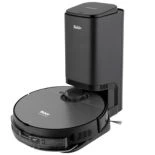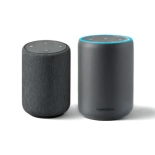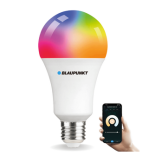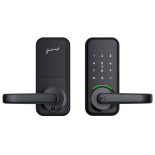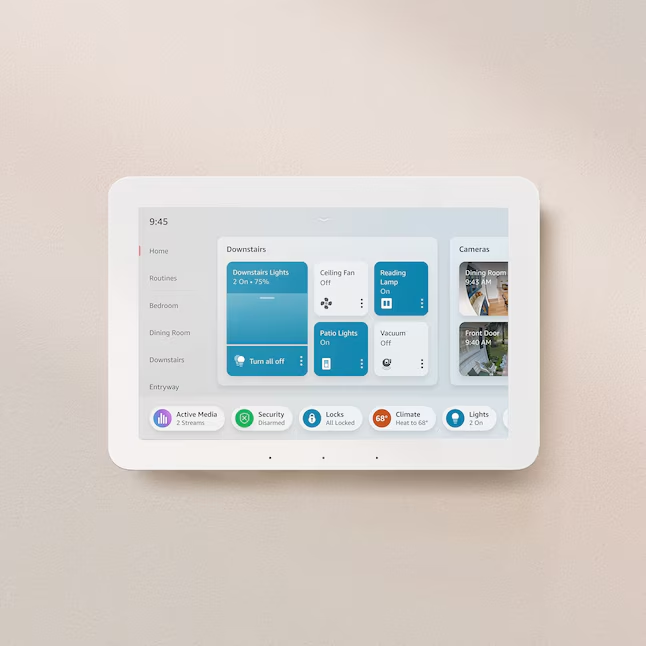Smart Displays
-
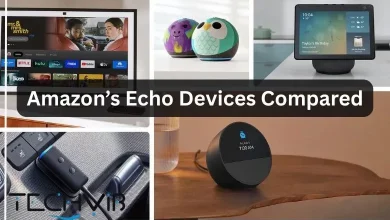
Amazon’s Echo Devices Compared: Which One Is Best for Your Smart Home?
In a world where smart home technology has become increasingly commonplace, Amazon Alexa has established itself as one of the…
Read More » -
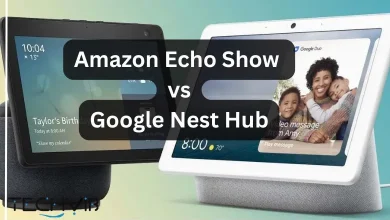
Amazon Echo Show vs Google Nest Hub: Which Smart Display Is Better?
Amazon launched the first Echo Show in 2017 as an extension of its Echo lineup that started in 2014. This…
Read More » -
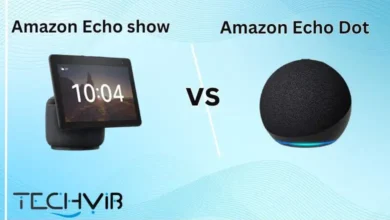
Amazon Echo Dot vs Echo Show 2025: Which Smart Speaker Wins?
When it comes to smart speakers, Amazon’s Echo lineup is a household name. But with so many options, especially the…
Read More » -
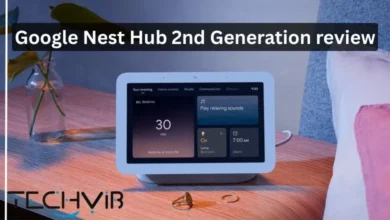
Google Nest Hub 2nd Gen Review
The second-generation google nest hub 2nd gen review brings significant upgrades to Google’s popular smart display, including innovative sleep tracking,…
Read More » -

Amazon Echo Hub Review 2025: Best Smart Home Controller
The Amazon Echo Hub represents a significant shift in Amazon’s smart speaker lineup, putting smart home control front and center…
Read More » -

Best Smart Displays Under $100
If you’re ready to take the first step toward making your home smarter but are put off by the high…
Read More » -

best Smart Displays Under $50
Smart home technology is now more affordable than ever, making it easy to upgrade your living space without spending a…
Read More » -
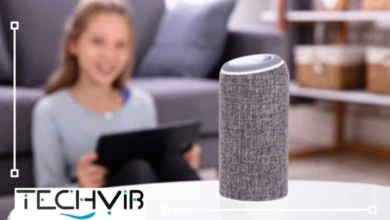
Best Smart Displays of 2025: Top Picks for Every Home and BudgetWhat’s the Best Smart Display for 2025?
Imagine a device that combines the intuitive voice control of a smart speaker with the versatility of a touchscreen. Best…
Read More » -

Amazon Echo Show 15 Review 2025: Wall-Mounted Intelligence Gets an Upgrade
Amazon’s largest and the best smart display returns with modest but meaningful improvements in the 2024 edition. The Echo Show…
Read More » -

Amazon Echo Show 8 2nd Generation Review: Bigger Sound and Better Looks (Clearer Sound and Bigger Camera)
The amazon echo show 8 2nd gen review stands out as a versatile centerpiece in Amazon’s smart display lineup, striking…
Read More » -

Amazon Echo Show 5 3rd Gen Review: Features, Pros & Cons
The Amazon Echo Show 5 3rd generation represents the latest evolution in Amazon’s compact smart display lineup. This small but…
Read More » -

Amazon Echo Show 10 Review: The Smart Display That Follows Your Every Move
The Echo Show 10 review is more than just an assessment of another smart display; it’s an examination of how…
Read More »
Smart displays have revolutionized how we interact with technology at home, combining the convenience of voice assistants with the visual richness of touchscreens to create versatile digital companions. These increasingly sophisticated devices serve as command centers for our connected homes, enabling everything from video calls and entertainment streaming to smart home control and personalized information delivery. As we progress through 2025, the smart display technology market continues its remarkable expansion, projected to grow from $7.53 billion currently to an astonishing $312.99 billion by 2037, reflecting the increasing integration of these devices into our daily lives.
Introduction to Smart Displays
A smart display device combines the voice capabilities of a smart speaker with a touchscreen interface, creating a multifunctional hub for information and control. These devices typically feature microphones for voice recognition, speakers for audio output, processors for handling commands, and screens ranging from 5 to 15 inches that display visual feedback to complement voice interactions. They serve as stationary information centers rather than portable computing devices, usually requiring constant power and maintaining an always-ready listening state.
While smart speakers focus exclusively on audio interactions, smart display technology adds a crucial visual dimension that enhances functionality in several ways. Smart displays can show weather forecasts with detailed graphics, display step-by-step recipe instructions with images, present calendar appointments in an organized layout, and allow you to see who’s at your door through connected video doorbells.
This visual feedback makes complex information more digestible and certain tasks more intuitive than voice-only interactions. Additionally, touchscreen interfaces provide an alternative input method when voice commands might be impractical or for navigating complex menus that would be cumbersome through voice alone.
- Related Article:
- Amazon Echo Show 8 (3rd Gen) review
- Amazon Echo Show 10 Review
- Best Smart Displays Under $100
- Amazon Echo Show 5 Review
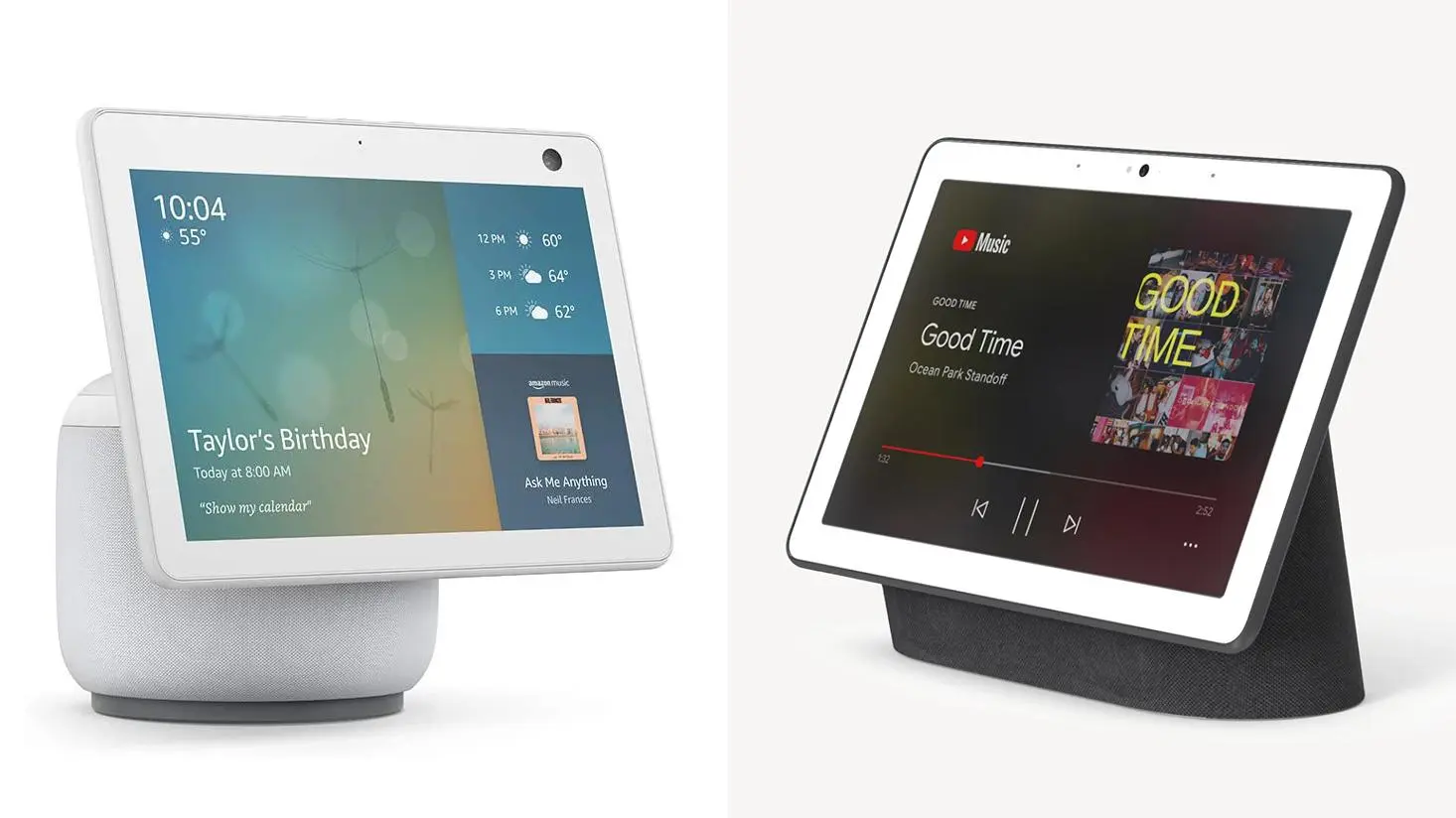
Core Features of Smart Displays
Almost all smart displays share the same features that are discussed here:
Voice Assistant Integration
The foundation of any smart display device is its voice assistant. The smart display with Google Assistant options like the Nest Hub series leverages Google’s powerful AI to answer questions, control smart home devices, and provide personalized responses based on your Google account information.
Alternatively, smart displays with Alexa integration tap into Amazon’s extensive ecosystem of skills and services. Voice assistants have become increasingly sophisticated, understanding natural language and context better than ever, with platforms like Amazon’s Alexa+ introducing enhanced AI capabilities for more nuanced interactions.
Touchscreen Functionality
The touchscreen interface distinguishes smart displays from their speaker-only counterparts. Screen quality varies significantly across models, with premium devices like the Google Nest Hub Max offering 1280 x 800 resolution displays that are bright enough for sunlit environments and provide rich color reproduction.
Many incorporate ambient light sensors that automatically adjust brightness and color temperature based on surrounding conditions, making them comfortable to view throughout the day and night. Touch sensitivity has improved dramatically, allowing for precise control and responsive interfaces that rival dedicated tablets.
- Related Article:
- Amazon Echo Show 8 (2nd Gen) Review
- Amazon Echo Show 15 2024 Review
- What’s the best smart home display for 2025?
- Smart Displays Under $50
Video Calling & Streaming
A standout feature of most smart displays for video call options is their integrated cameras for conferencing. The Google Nest Hub Max includes a 6.5MP camera with a 127-degree field of view and auto-tracking capability that keeps you in frame as you move around the room.
Similarly, the Echo Show 8’s 3rd generation model features a centrally placed camera that provides improved visual experiences during calls. Beyond communication, these displays support various streaming services like YouTube, Netflix, and Prime Video, effectively functioning as compact smart TVs for kitchens, bedrooms, or offices.
Smart Home Control Dashboard
Perhaps the most practical application for smart displays is serving as a central control panel for connected home devices. Through intuitive visual interfaces, users can manage lights, thermostats, security cameras, and other smart home gadgets with both voice commands and touch controls.
This makes smart displays for home automation particularly valuable, as they provide status updates for all connected devices and simplified management for complex ecosystems. Many models also support visual identification technology, recognizing different household members and presenting personalized controls based on who’s approaching the device.
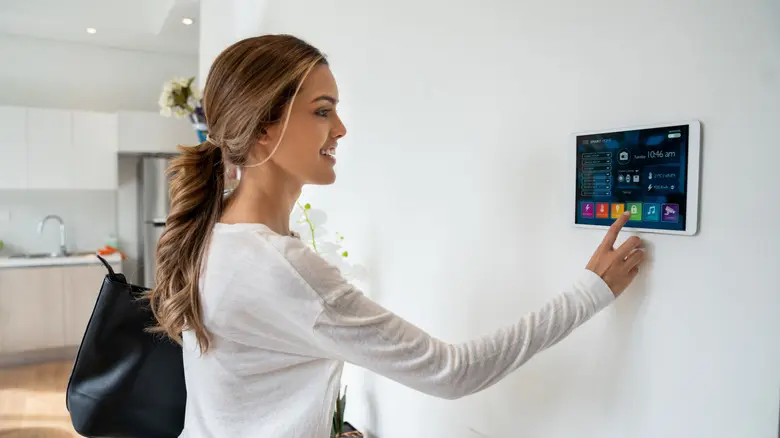
Popular Smart Display Devices
A thorough smart display comparison 2025 among Google Nest Hub, Amazon Echo Show, and Lenovo Smart Display reveals that each device offers distinct advantages depending on your existing ecosystem preferences and specific use cases. The top smart displays differ mainly in screen size, audio quality, and voice assistant integration, which affects service compatibility and smart home control.
Some prioritize privacy by omitting cameras, while others include them with physical shutters. Features like gesture controls, sleep tracking, and touchscreen usability vary, making each device better suited for different needs such as media, communication, or home automation.
Google Nest Hub
Google’s smart displays are popular devices that offer seamless integration with a voice assistant that provides personalized help, controls compatible smart home devices from a single dashboard, and streams videos and music from various services.
The devices also feature ambient light adjustment to blend with home decor and include sleep-tracking technology without a camera for privacy. Rather than incorporating a camera, most Google devices usually use a Soli sensor for proximity detection, enabling features like sleep tracking without privacy concerns related to cameras.
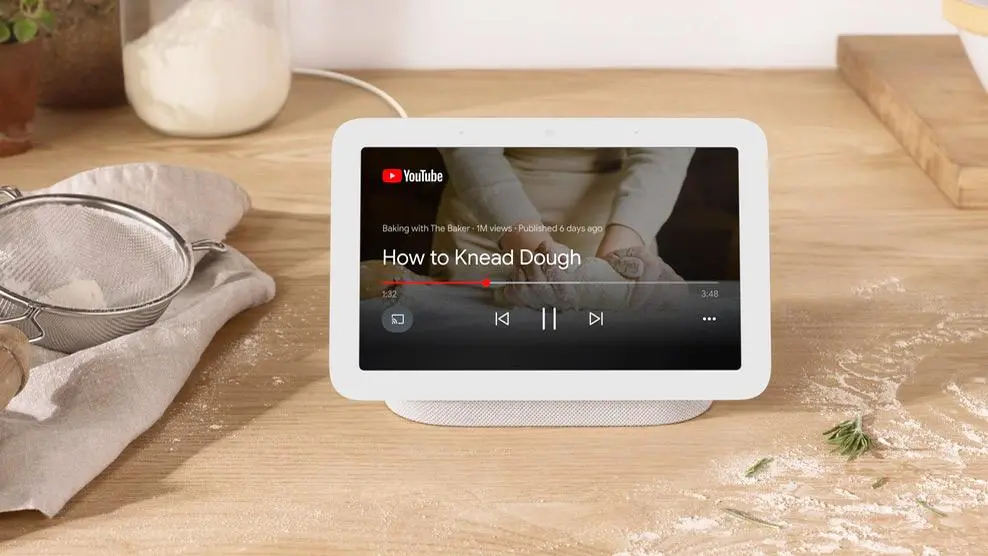
Amazon Echo Show
Amazon’s Echo Show family is another leading smart display powered by a different voice assistant known for extensive smart home compatibility and a wide range of skills. It supports video calling with a built-in camera, offers rich media streaming, and acts as a central hub for managing connected devices through voice commands and touchscreen controls.
Amazon’s smart displays with Alexa integration offer seamless control of Amazon’s vast ecosystem of services and compatible smart home devices. Features like Visual ID personalize content based on who’s using it, while Adaptive Content adjusts the display based on a person’s proximity to the device.

Lenovo Smart Display
Lenovo’s offerings typically run on Google’s platform but stand out with distinctive industrial design and some unique features. Lenovo smart display devices often feature higher-quality speaker systems than similarly priced competitors and versatile designs that allow for both portrait and landscape orientations, making them particularly flexible for different use cases and spaces.
- Related Article:
- The Smart Light Bulbs Review for 2025
- The Best Smart Lights 2025
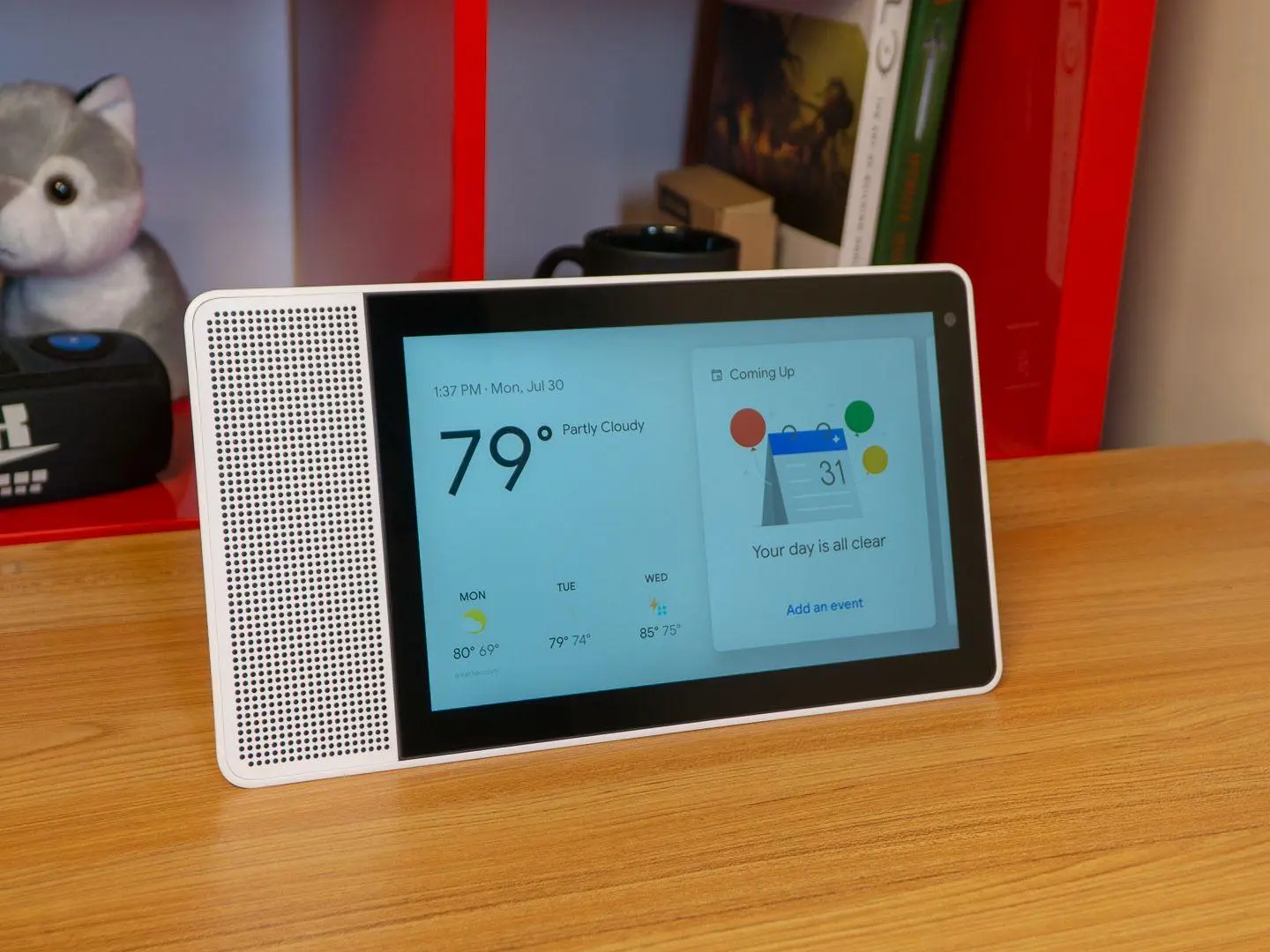
Common Use Cases
When you tend to purchase a smart display, make sure it offers at least some of the following common use cases:
Kitchen Assistant
Smart display for kitchen use is the most popular location to use your device. These devices excel as cooking companions, displaying step-by-step recipes with both text and visual guides while allowing hands-free control through voice commands—perfect when your hands are covered in ingredients.
Multiple timers can be set and monitored visually, making complex meal preparation easier. Many users report that their Echo Show 8 has become an indispensable kitchen companion for running cooking timers, displaying recipes, and streaming entertainment while preparing meals.
- Comparative Article:
- Echo Show 8 (3rd Gen) vs Echo Show 8 (2nd Gen)
- Amazon Echo Show 5 vs Echo Show 8
- Amazon Echo Show 10 vs Echo Show 8
- Echo Show 8 (1st gen) vs Echo Show 8 (2nd gen)
- Amazon Echo Dot (4th Gen) vs Amazon Echo Show 5
Digital Photo Frame
When not actively in use, smart displays transform into sophisticated digital photo frames. They can cycle through personal photo libraries from services like Google Photos or Amazon Photos, with algorithms that often highlight memories from the same day in previous years.
The ambient EQ sensors in devices like the Google Nest Hub adjust the brightness and color temperature to make photos look natural in any lighting condition, helping them blend seamlessly into home decor.
Smart Home Control
As the central hub for connected devices, a smart display for home automation provides both voice and touch controls for managing everything from lights and thermostats to security cameras and door locks. Visual dashboards make it easy to see the status of multiple devices at once and make adjustments through intuitive interfaces.
Video Calls and Messaging
The smart display for video call functionality has become increasingly important in our connected world. Models with cameras, like the Echo Show and Nest Hub Max, facilitate high-quality video conversations with friends and family. The auto-framing and tracking features in premium models ensure you stay in the frame even when moving around during calls.
Watching YouTube or Netflix
Entertainment consumption represents another popular use case, with many displays supporting major streaming services. While the screen sizes aren’t comparable to dedicated televisions, they’re perfect for casual viewing in spaces like kitchens, bedrooms, or home offices. The Google Nest Hub Max’s bright screen and powerful speakers make it particularly suitable for entertainment purposes, while Amazon’s displays excel at Amazon Prime Video integration.
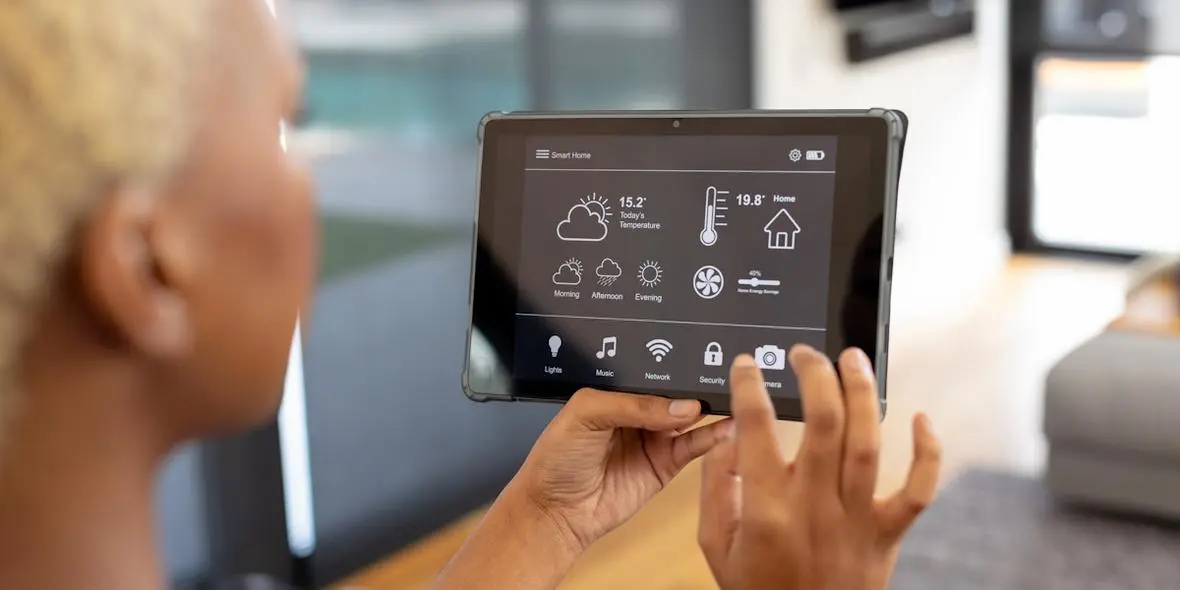
Advantages of Using a Smart Display
Curious about the perks of a smart display? Let’s explore its top advantages:
Hands-free Convenience
One of the standout perks of a smart display is the ability to interact with it without using your hands, thanks to voice commands. This feature offers unmatched convenience and ease. Whether you’re cooking with messy hands, carrying a child, or simply across the room, being able to request information, control devices, or make calls without physical interaction represents a significant quality-of-life improvement. This accessibility makes smart display technology particularly valuable in situations where touching a device would be impractical or inconvenient.
Visual Feedback
Smart display devices combine sound with visuals, boosting understanding and memory beyond what smart speakers offer. Weather forecasts are more informative when you can see the week ahead rather than just hearing about today’s conditions. Shopping lists are easier to manage when visible.
Central Hub for Smart Devices
As smart homes grow more complex, having a central control point becomes increasingly valuable. A smart display for home automation serves as both the brain and the interface for your connected ecosystem. The visual dashboard provides status updates for all connected devices and intuitive controls that are often more straightforward than voice commands for complex operations.
Accessibility Features
Modern smart displays incorporate numerous accessibility enhancements that make technology more inclusive. Voice control benefits users with limited mobility or dexterity. Visual alerts help those with hearing impairments. These features make smart displays for elderly users particularly valuable, providing simplified access to digital services that might otherwise be challenging to navigate.
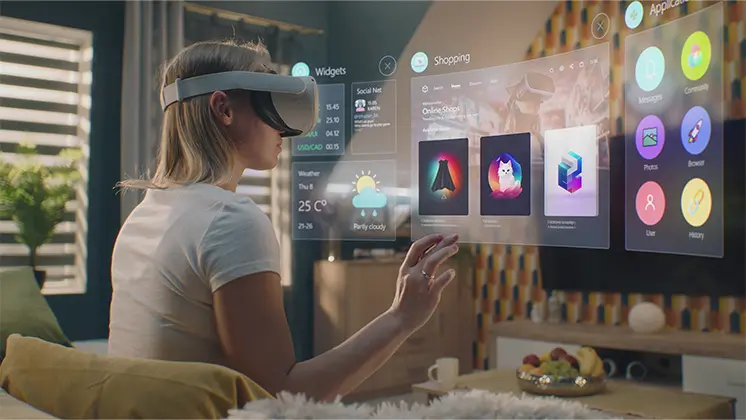
Privacy and Security Concerns
Most people have privacy concerns when it comes to smart displays. Here’s why:
Microphone & Camera Control
The most visible privacy concerns relate to the microphones and smart displays with built-in cameras that enable core functionality. Many users worry about when these sensors are active and what data they collect.
Responding to these concerns, manufacturers have implemented various control mechanisms: physical camera shutters on some models, dedicated mute buttons for microphones, visual indicators when sensors are active, and software controls to manage permissions.
Data Collection Worries
One of the smart display features is collecting substantial data to function effectively, raising questions about how this information is stored, processed, and potentially shared. Many companies hide their data practices, leaving consumers in the dark about their privacy choices.
The increasing reliance on AI and cloud services amplifies these concerns, as data processing frequently happens on remote servers rather than locally on the device.
Tips for Safer Usage
To mitigate privacy and security risks while enjoying the benefits of smart display technology, consider these practices:
- Regularly review and update privacy settings in the companion apps
- Use physical controls (shutters, mute buttons) when extra privacy is desired
- Place displays thoughtfully, away from sensitive areas like bedrooms
- Keep firmware updated to protect against security vulnerabilities
- Consider models with local processing capabilities where possible
- Review and delete voice and search history periodically
- Disable features you don’t use that might collect additional data

Smart Displays vs Smart Speakers: Which One to Choose?
The following table will help you decide which smart device to choose:
| Smart Device | Pros | Cons |
| Smart Displays | ✓Visual feedback enhances information delivery
✓Touch interface provides an alternative to voice commands ✓Video calling capabilities that connect you with family and friends ✓Can serve multiple functions (photo frame, TV, control panel) ✓Better for complex tasks requiring visual confirmation |
✗Higher price point than comparable speakers
✗A larger footprint requires more space ✗Greater privacy concerns due to cameras ✗More power consumption ✗Potentially distracting in some environments
|
| Smart Speakers | ✓More affordable smart display options are available
✓Smaller, more discreet design ✓Simpler operation with fewer privacy concerns ✓Lower power consumption ✓Often better sound quality at similar price points
|
✗Limited to audio interactions
✗Less intuitive for complex tasks ✗Cannot display visual information or make video calls ✗Fewer multifunctional capabilities
|
Which is Best for Your Needs?
The best smart display for home use depends on your specific requirements:
Choose a smart display if:
- Visual information is important to your use cases
- You want to make video calls
- You prefer having touch controls as a backup
- You’d value the multifunctional aspects (digital frame, etc.)
- You’re building a comprehensive smart home system
Choose a smart speaker if:
- Audio quality is your primary concern
- Budget is a major consideration
- You have limited space
- Privacy concerns are paramount
- Your use cases are primarily simple commands and questions
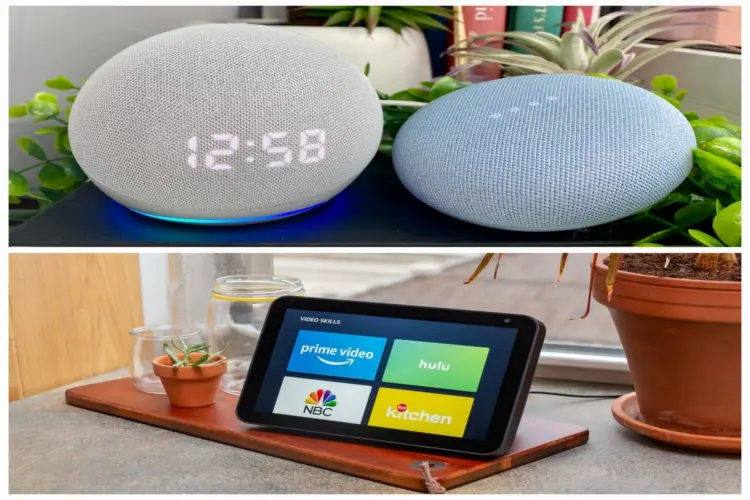
Future of Smart Displays
The future of smart devices is bright, with widespread adoption making them essential tools for everyone soon.
AI Integration
As stated in many smart display reviews, artificial intelligence represents the most transformative force in smart display feature development. In education, adaptive learning displays can tailor lesson plans to suit each student’s pace and understanding. This personalization extends to home environments, where displays will increasingly anticipate needs rather than simply respond to commands.
Smarter UI and Personalization
User interfaces continue to evolve beyond traditional touch and voice interactions. Future screens might react to hand gestures, facial cues, or eye movements, thanks to advances in touchless tech. These innovations will make interaction more intuitive and accessible.
Integration with More IoT Devices
As the Internet of Things expands, the best smart displays for home automation systems will serve as increasingly capable control centers. Beyond today’s basic device management, future displays will offer a more sophisticated orchestration of interconnected systems.
The growing adoption of electric vehicles, for instance, creates opportunities for smart displays to manage charging schedules, monitor battery status, and coordinate with home energy systems. Similarly, healthcare applications will expand as investment in digital health continues to grow, potentially enabling displays to monitor wellness metrics and coordinate with medical devices.
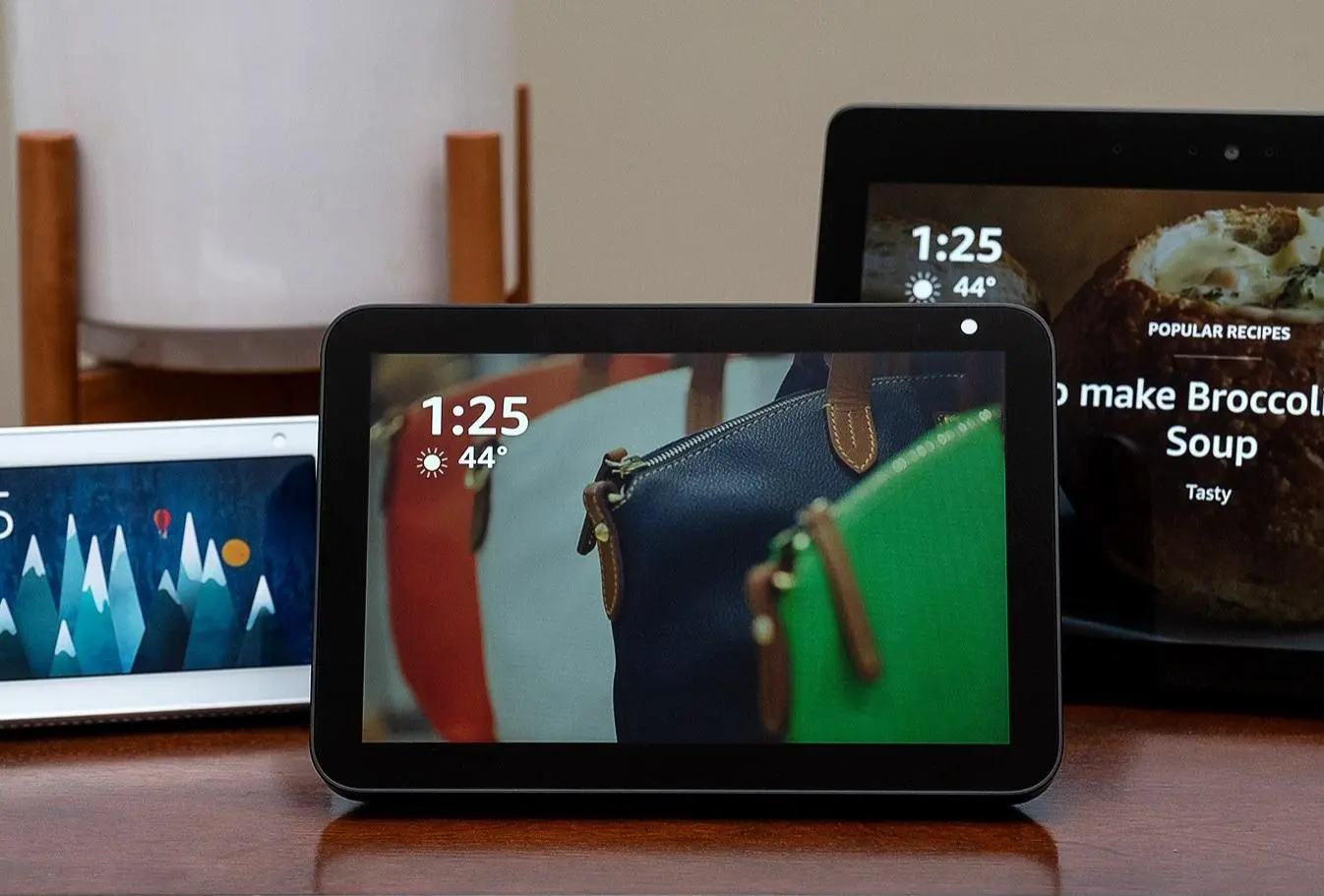
Conclusion
Smart displays have evolved from novelty gadgets into genuinely useful tools that enhance our daily lives through a blend of visual information, voice control, and touch interactions. Looking ahead, the trajectory of smart display technology points toward more personalized, intuitive, and integrated experiences powered by artificial intelligence and enhanced sensing capabilities.
While privacy concerns remain valid, manufacturers are gradually responding with improved controls and transparency. For consumers navigating this evolving landscape, the key lies in carefully evaluating how these devices will serve their specific needs while considering the privacy implications of bringing always-connected screens into your living spaces.


